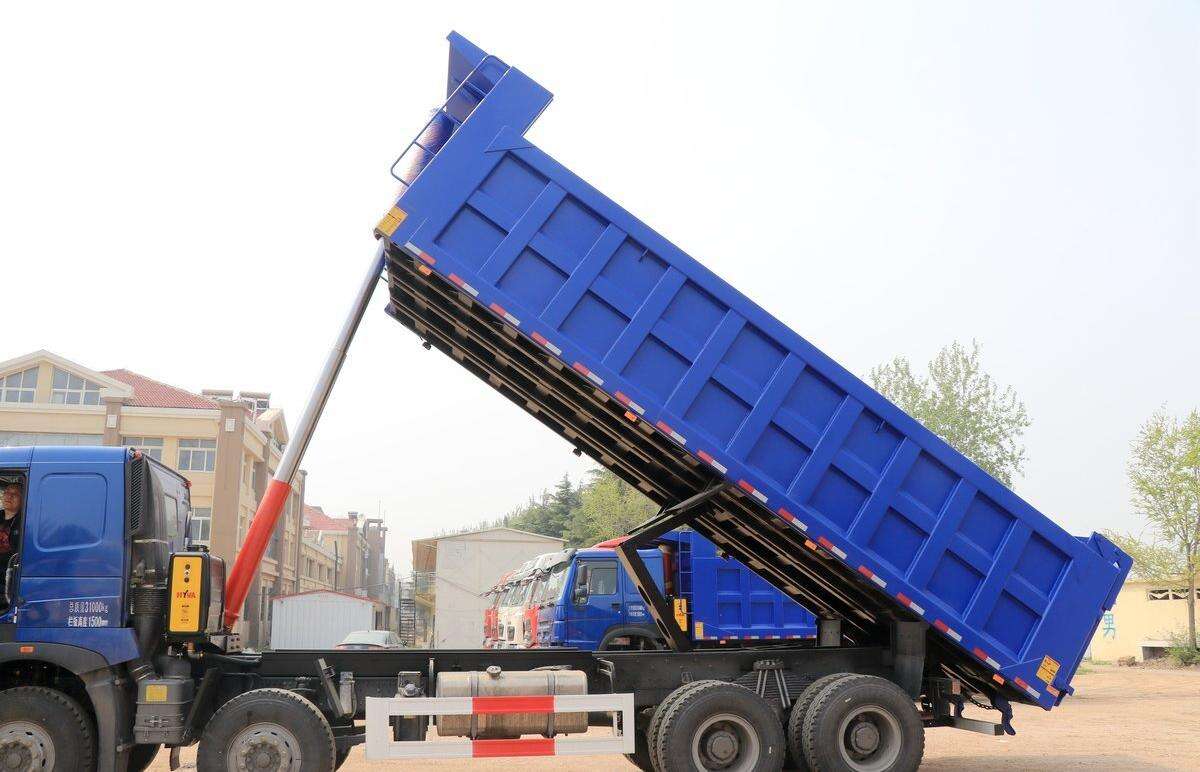Essential Strategies for Maximizing Dump Truck Longevity
The construction and mining industries heavily rely on dump trucks for their daily operations, making proper maintenance crucial for both operational efficiency and cost management. Understanding and implementing effective dump truck maintenance practices can significantly extend vehicle lifespan while reducing expensive repairs and downtime. This comprehensive guide explores the vital aspects of dump truck care and preventive maintenance strategies that industry professionals need to know.
Fundamental Maintenance Components
Engine Care and Monitoring
At the heart of dump truck maintenance lies proper engine care. Regular oil changes, following manufacturer-recommended intervals, are essential for preventing engine wear and maintaining optimal performance. Professional operators should monitor oil levels daily and watch for any signs of contamination or unusual color changes that might indicate internal problems.
Engine air filters require frequent inspection and replacement, especially in dusty work environments. Clean filters ensure proper air flow, maintain fuel efficiency, and prevent harmful particles from entering the engine. Additionally, coolant levels and quality should be checked regularly to prevent overheating and ensure proper temperature regulation during heavy-duty operations.
Hydraulic System Maintenance
The hydraulic system is critical for dump truck operation, controlling the lifting and lowering of the bed. Regular inspection of hydraulic fluid levels, hoses, and cylinders helps prevent system failures and ensures smooth operation. Operators should check for any signs of leaks, worn hoses, or unusual noises during operation.
Maintaining clean hydraulic fluid is essential, as contaminated fluid can cause significant damage to pumps and valves. Scheduled fluid analysis can detect early signs of wear and contamination, allowing for timely interventions before major problems develop.

Preventive Maintenance Schedule
Daily Inspection Protocols
Starting each workday with a thorough inspection routine sets the foundation for reliable dump truck operation. Operators should check tire pressure and condition, brake functionality, fluid levels, and lighting systems. Any unusual sounds, vibrations, or operational changes should be noted and addressed promptly.
Visual inspections of the dump bed, hinges, and safety mechanisms are crucial for preventing accidents and ensuring proper load discharge. Operators should also verify the functionality of backup alarms and other safety features before beginning work.
Scheduled Service Intervals
Following manufacturer-recommended service intervals is crucial for dump truck maintenance. This includes regular oil changes, filter replacements, and comprehensive system checks. Creating and maintaining detailed service records helps track maintenance history and predict potential issues before they become major problems.
Professional fleet managers should develop a structured maintenance schedule that accounts for operating conditions, load types, and usage patterns. This proactive approach helps optimize maintenance timing and reduce unexpected breakdowns.
Critical Wear Points and Components
Tire Management
Proper tire maintenance significantly impacts dump truck performance and operating costs. Regular rotation, alignment checks, and pressure monitoring extend tire life and improve fuel efficiency. Operators should inspect tires for wear patterns that might indicate alignment or suspension issues.
Implementing a tire management program that includes regular inspections, rotation schedules, and replacement criteria helps maximize tire life while ensuring safe operation. Different operating environments may require specific tire types or tread patterns for optimal performance.
Brake System Care
The brake system requires particular attention due to the heavy loads and frequent stopping involved in dump truck operation. Regular inspection of brake components, including pads, rotors, and hydraulic systems, is essential for safety and compliance. Operators should report any changes in brake feel or performance immediately.
Maintaining proper brake adjustment and replacing worn components promptly prevents more extensive damage and ensures reliable stopping power. Professional maintenance technicians should perform thorough brake system inspections according to recommended intervals.
Environmental Considerations and Protection
Corrosion Prevention
Operating in harsh environments exposes dump trucks to various corrosive elements. Regular washing and undercoating help protect against rust and corrosion. Special attention should be paid to areas where material buildup can trap moisture and accelerate corrosion.
Implementing a comprehensive cleaning schedule and applying protective coatings to vulnerable areas extends the life of body components and structural elements. This is particularly important for trucks operating in areas with road salt or corrosive materials.
Storage and Protection
Proper storage practices protect dump trucks from environmental damage when not in use. Indoor storage is ideal, but when not possible, protective covers and proper parking locations help minimize exposure to harsh elements. Regular cleaning before storage prevents material buildup and reduces corrosion risk.
Developing specific storage protocols for different seasons ensures appropriate protection against varying environmental challenges throughout the year.
Frequently Asked Questions
How often should dump truck oil be changed?
Oil change intervals typically range from 250 to 500 operating hours, depending on usage conditions and manufacturer recommendations. However, severe service conditions may require more frequent changes. Regular oil analysis can help determine optimal change intervals for specific operations.
What are the signs of hydraulic system problems?
Common indicators include slow lifting or lowering of the bed, unusual noises during operation, visible fluid leaks, or erratic movement of hydraulic components. Regular inspection and maintenance can help prevent these issues from developing.
When should tire replacement be considered?
Tires should be replaced when tread depth reaches minimum safety requirements, typically 4/32 inch for steering tires and 2/32 inch for other positions. Signs of uneven wear, damage, or age-related deterioration also warrant replacement consideration.
 EN
EN
 AR
AR
 BG
BG
 HR
HR
 CS
CS
 DA
DA
 NL
NL
 FI
FI
 FR
FR
 DE
DE
 EL
EL
 HI
HI
 JA
JA
 KO
KO
 PL
PL
 PT
PT
 RO
RO
 RU
RU
 ES
ES
 TL
TL
 ID
ID
 SR
SR
 UK
UK
 VI
VI
 SQ
SQ
 TH
TH
 TR
TR
 AF
AF
 MS
MS
 HY
HY
 AZ
AZ
 KA
KA
 BN
BN
 LO
LO
 LA
LA
 MN
MN
 MY
MY
 KK
KK
 UZ
UZ
 KY
KY

